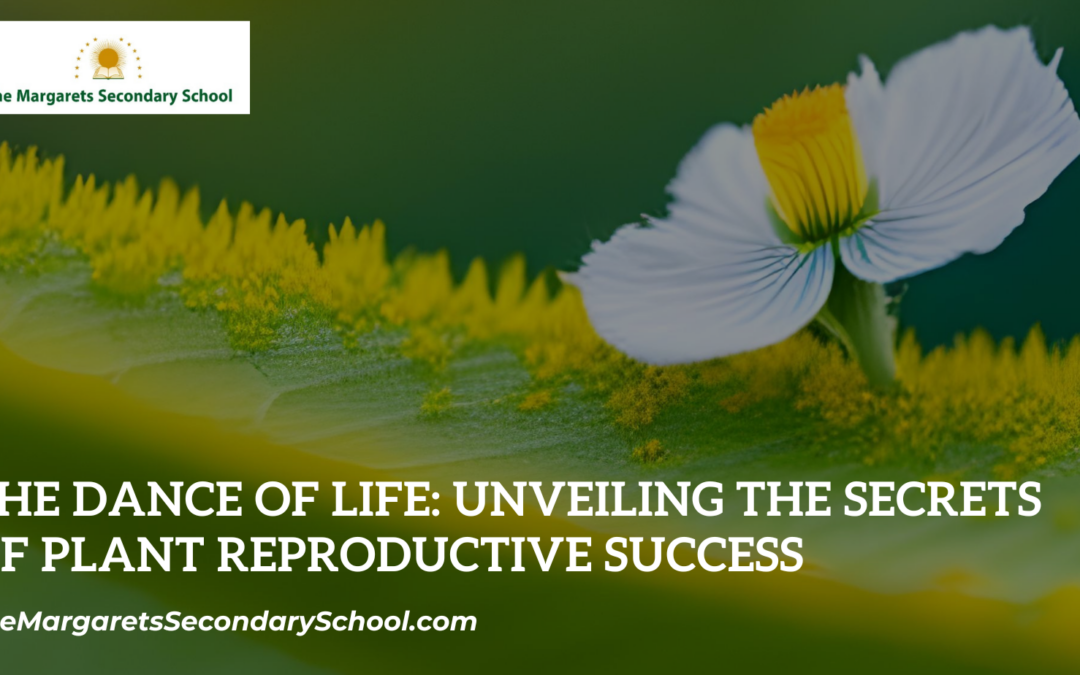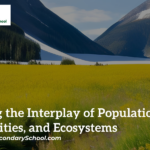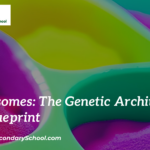Plant Reproductive Success
In the realm of nature, the miracle of life extends beyond animals to the plant kingdom. While plants may seem immobile and passive compared to their animal counterparts, their reproductive strategies are nothing short of ingenious. Plant reproductive success is a captivating area of study that reveals the intricate mechanisms plants employ to ensure the survival and proliferation of their species.
The Quest for Reproduction
Just like animals, plants are driven by the imperative to reproduce and pass on their genetic material to the next generation. However, since plants lack the ability to move and seek out mates, they have evolved an array of fascinating adaptations to facilitate reproduction in their stationary existence.
The Journey of Pollination
For many plant species, pollination is the crucial first step in the process of reproductive success. Pollination occurs when pollen, containing the male gametes, is transferred from the male reproductive structures of one flower to the female reproductive structures of another flower. This can occur through various agents, including wind, water, and most commonly, animals.
Animals such as insects, birds, and bats play a pivotal role in pollination. As they visit flowers in search of nectar or pollen, they inadvertently transfer pollen from one flower to another, allowing fertilization to occur. The co-evolution of plants and their pollinators has led to a remarkable diversity of flower shapes, colors, and scents that attract specific pollinator species.
Fruits and Seed Dispersal
Once fertilization occurs, plants often produce fruits to house and protect the developing seeds. Fruits come in a variety of forms, from fleshy berries to hard-shelled nuts. These structures serve as incentives for animals to consume them, thereby aiding in seed dispersal. Animals eat the fruit, and the undigested seeds are excreted elsewhere, contributing to the plant’s ability to colonize new areas.
Reproductive Strategies
Plants exhibit a range of reproductive strategies that allow them to thrive in diverse environments. Some plants are highly specialized, relying on very specific pollinators or environmental conditions. Others are more generalist, adapting to a variety of circumstances. Some plants even reproduce asexually, utilizing mechanisms like runners, bulbs, or fragmentation to create genetically identical offspring.
Environmental Adaptation
The success of plant reproduction is closely tied to the environment in which a plant lives. Climate, soil type, water availability, and the presence of pollinators all influence a plant’s ability to reproduce. Some plants have evolved strategies to thrive in harsh environments, while others are well-suited to temperate or tropical conditions.
Conclusion
Plant reproductive success is a testament to the marvels of evolution and adaptation. The intricate dance of pollination, seed dispersal, and environmental adaptation showcases the ingenious ways in which plants ensure their survival and propagation. By studying plant reproductive strategies, scientists gain insights into the complexities of the natural world and the remarkable tactics plants employ to thrive and conquer various ecosystems. Just as animals exhibit diverse behaviors to ensure their offspring’s success, plants engage in a symphony of strategies that enrich the tapestry of life on Earth.





